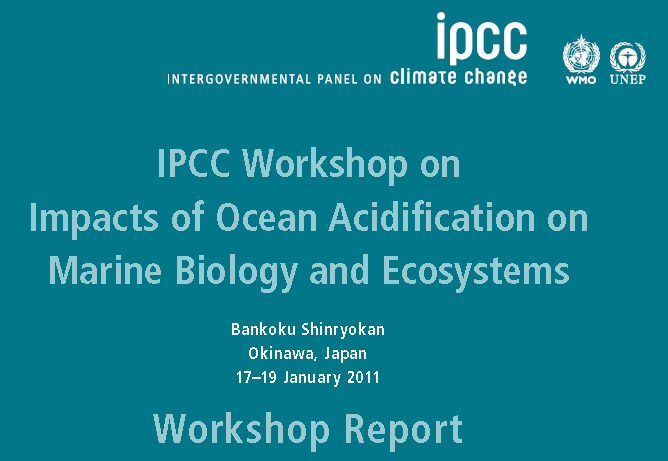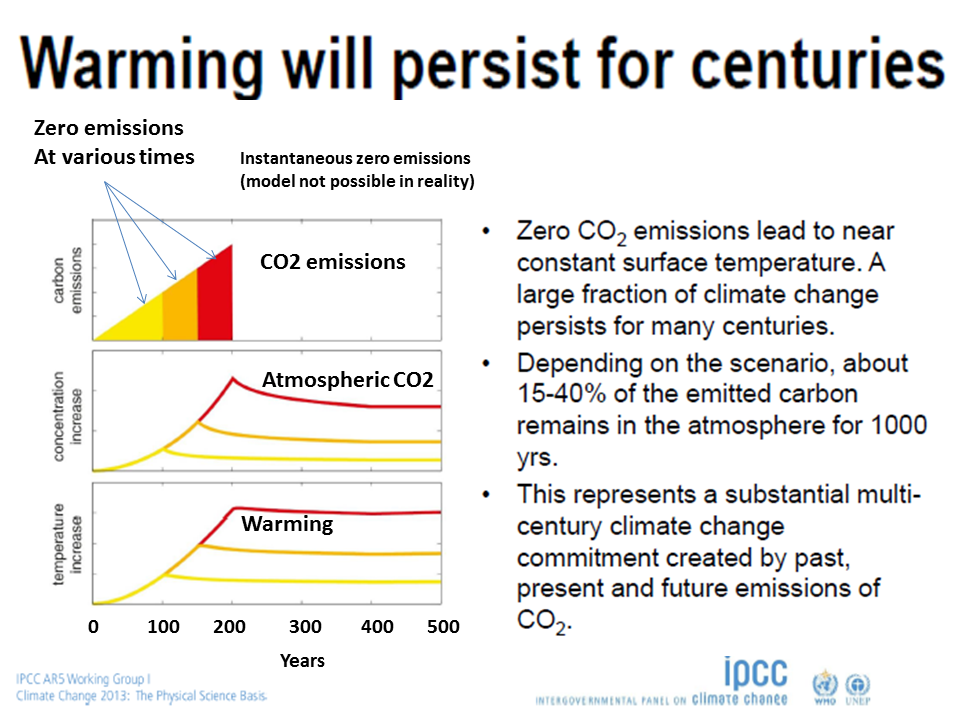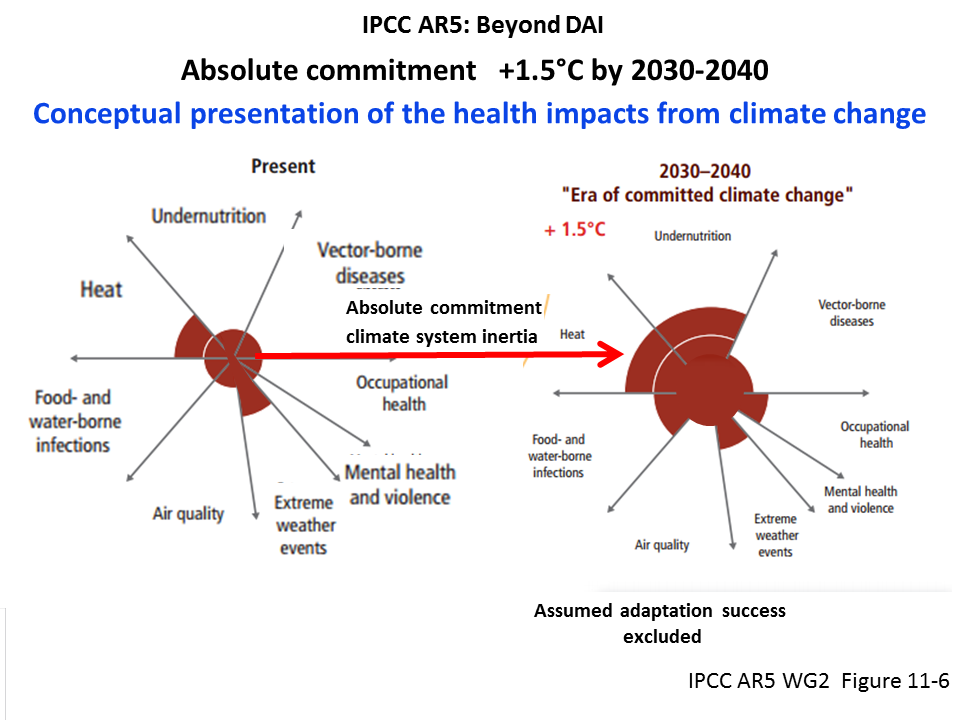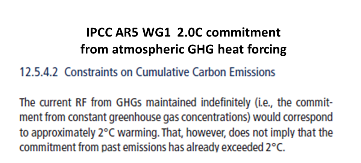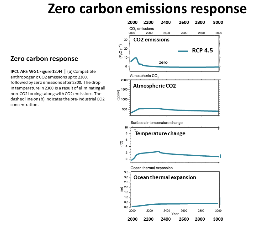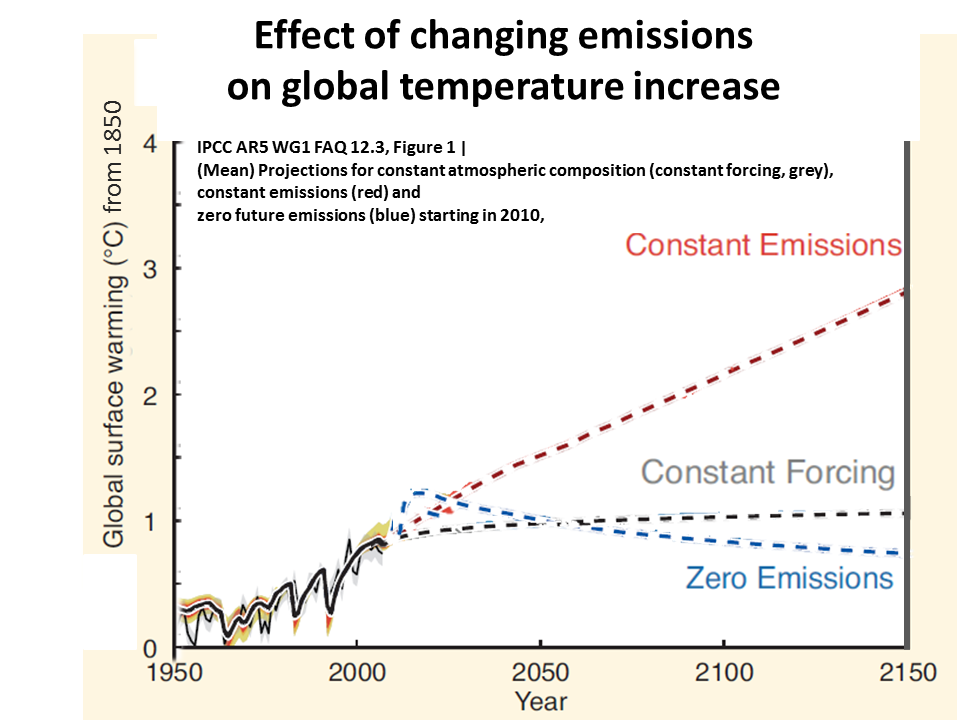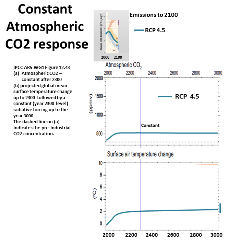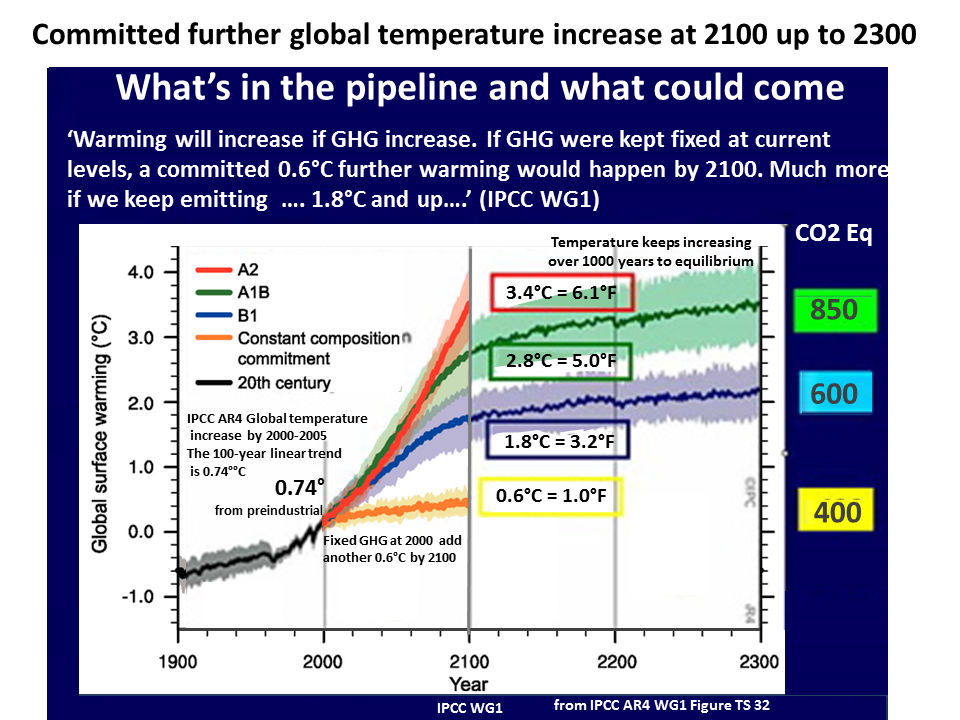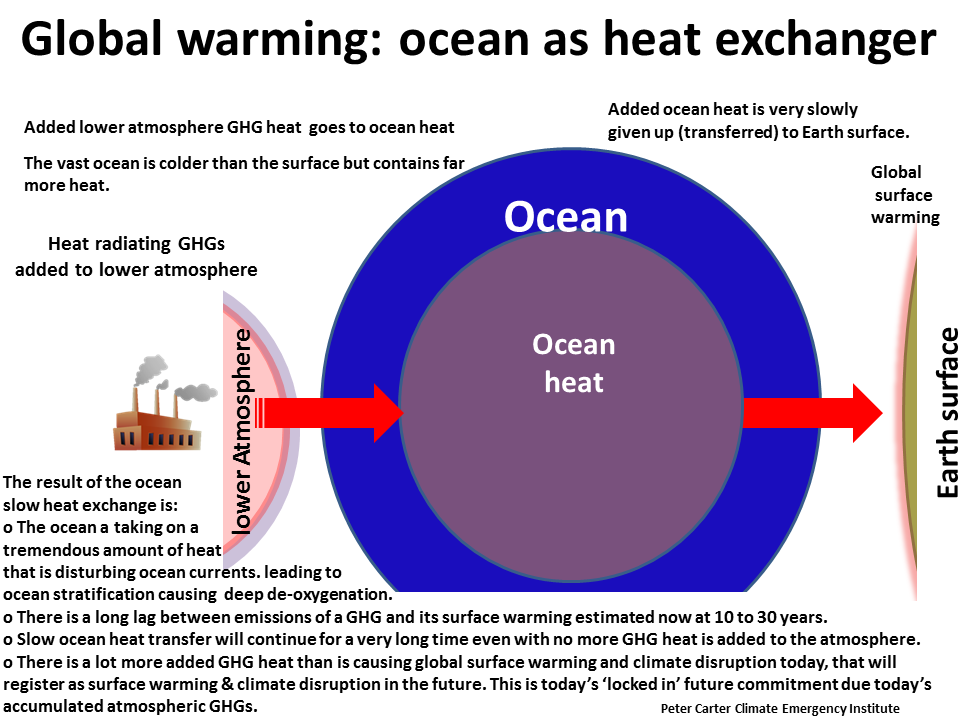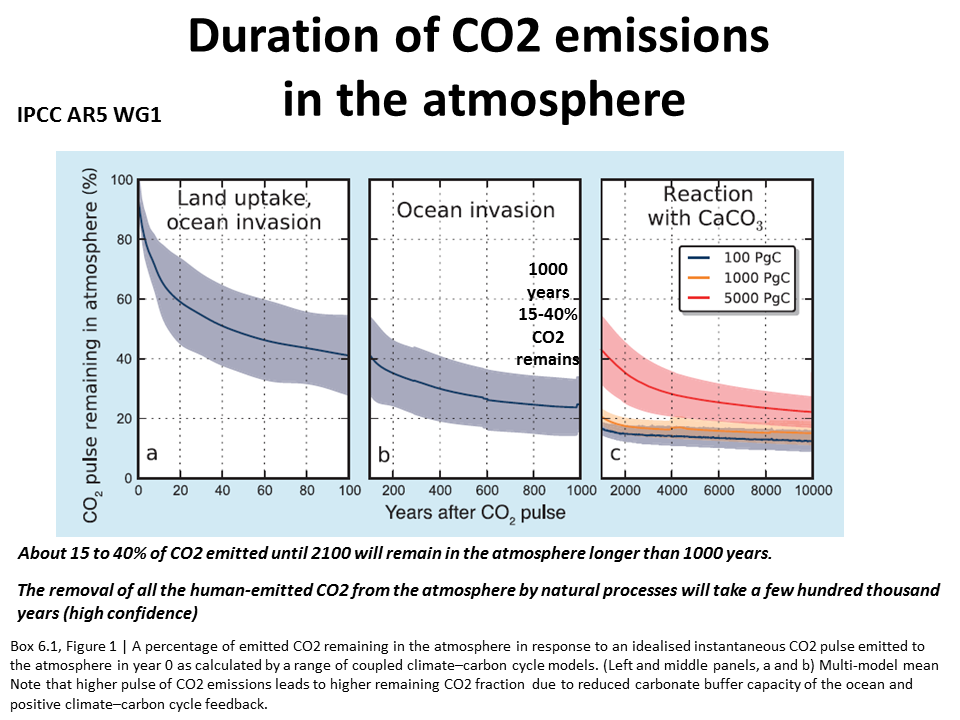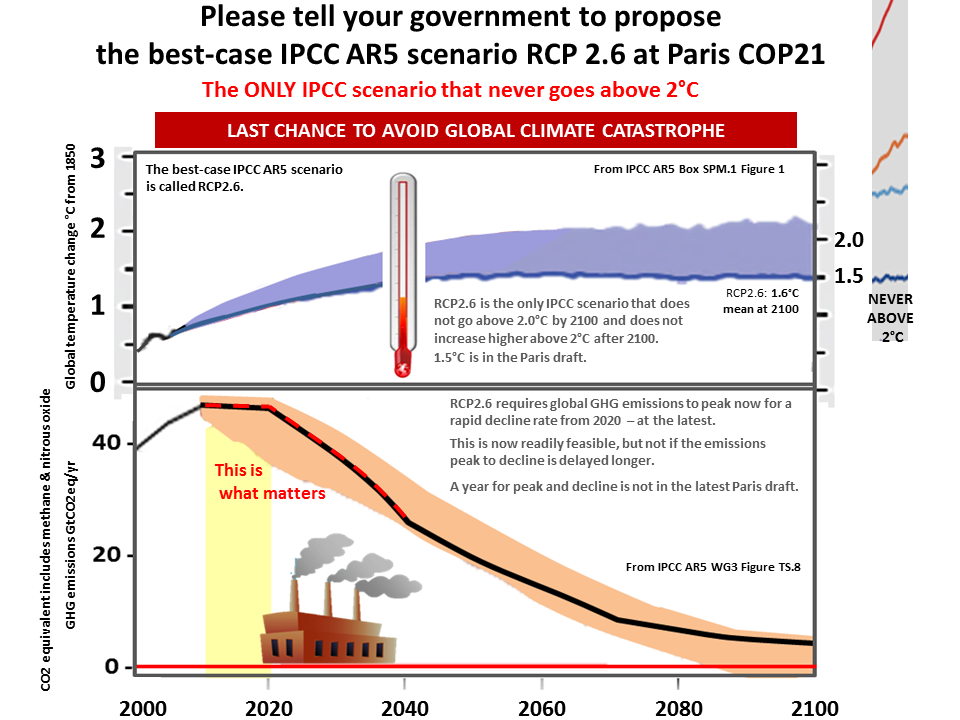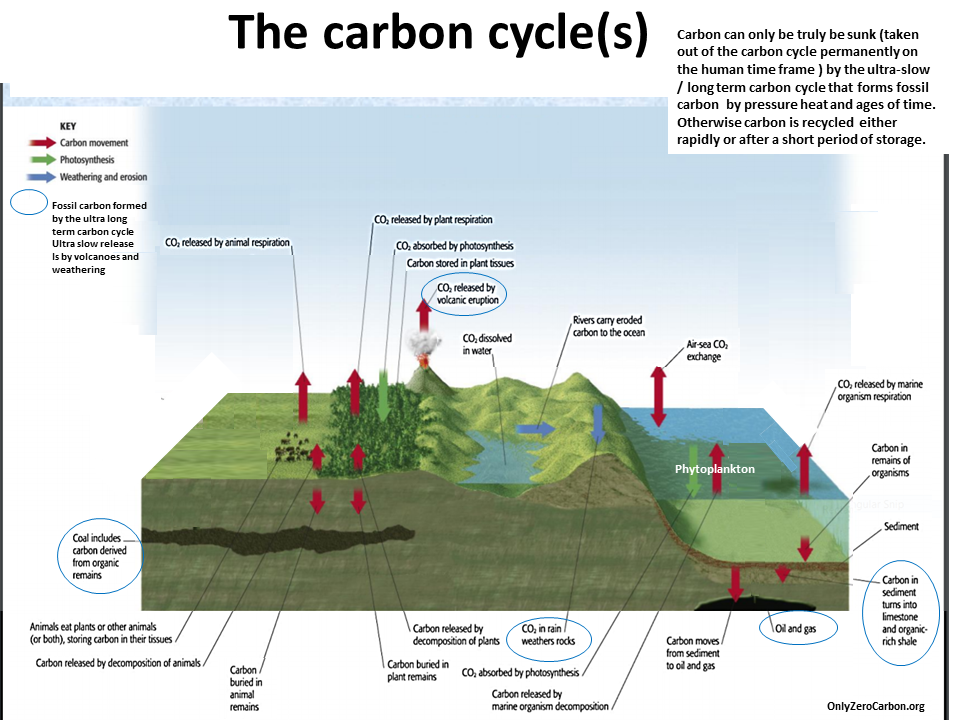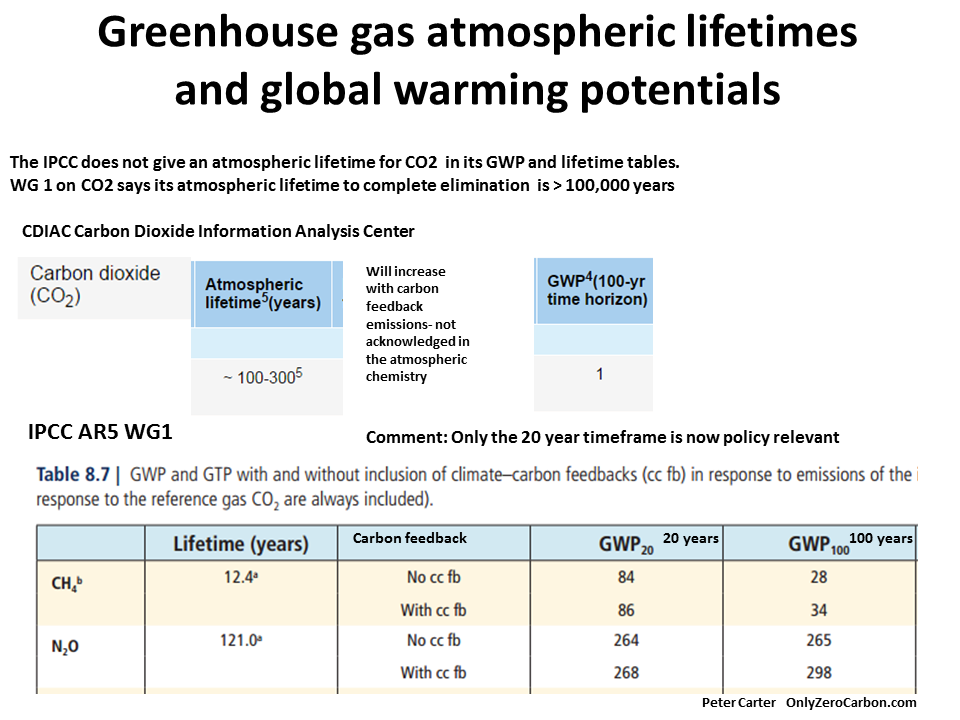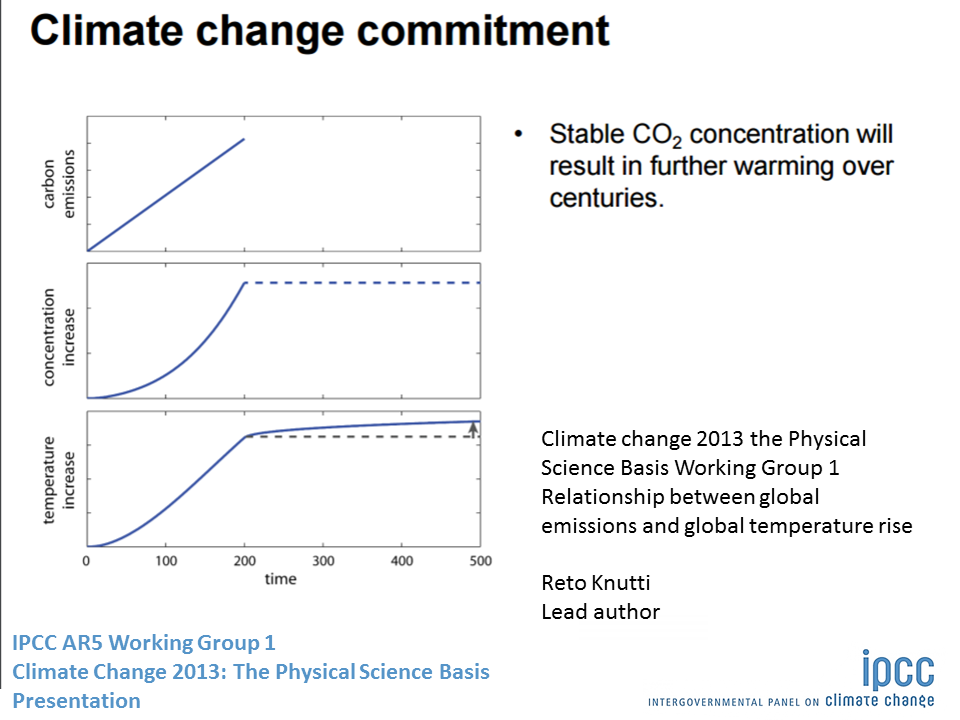ONLY ZERO CARBON ONLY ZERO CARBON ONLY ZERO CARBON ONLY ZERO CARBON ONLY ZERO CARBON ONLY ZERO CARBON
Today we are committed (locked in) to a far greater degree of global warming/climate change than we are experiencing today and it will last over a thousand years.
The climate is being changed permanently in terms of human civilization.
Climate science has no single agreed definition of commitment.
None of the definitions are anything near total practical commitment for policy.
We are committed to day to much more global climate change, so there is no so-called allowable carbon budget of more emissions.
This total commitment tells us that global emissions must be declined right away and decline rapidly (IPCC 6th Assessment). By accounting for all sources of extra future warming we have no allowable carbon budget of more emissions.
Furthermore and the so called budget is only for a better than 66% chance of the now obviously globally disastrous 1.5C, and this is only up to 2100.
Today (2023) The global surface temperature increase has been allowed to increase above 1.4C and to go over 1.5C for many months
Today there are many widespread disastrous effects of global climate change that have occurred severely over the past decade.
This should affect how we apply the science.
Due to the extreme long life time of CO2 in the atmosphere the global temperature (and ocean acidification) cannot stabilize without our CO2 emissions being near zero (IPCC).
Despite this global emissions are still not declining and the national emissions targets under the Paris Agreement will lead to more emissions by 2030, when it should be much less.
There are several sources of unavoidable extra committed future warming on top of today's that combine to put the world in a catastrophic climate disruption situation.
Sources that combine leading to unavoidable future committed or locked in further warming.
They are various inertias, lags, delays
1. Policy inertia Delay in policies to put global emissions into decline. As of 2016 this is decades. The US Republican Party and climate denial campaign campaign have no intention of accepting climate hange mitigation.
2. Techno-economic inertia Time required for switching all fossil fuel energy to clean zero carbon sources (when such policies are implemented). The minimum estimate is 10-20 years.
2. Ocean heat inertia The accumulated ocean heat from post industrial long lived GHG emissions (CO2, methane and nitrous oxide), which is retained by the ocean for over a thousand years. This applies up to the time that emissions are cut to near zero.
3. CO2 long life The extreme long atmospheric life time of CO2 (and nitrous oxide), that are both over one hundred years.
4. Powerful methane and nitrous oxide The fact that methane and nitrous are much more powerful global warming GHGs than CO2 (methane 80 X more and nitrous oxide 260 X more)
5. Amplifying feedbacks from the planet in response to global warming, of which there are several large sources.
Reduced efficiency carbon sinks The land (forest)
For all the above there are a range of estimates as to their contributions to committed warming. How ever they are all significant and they put us over 2C warming, even by 2100, which is higher after 2100.
The IPCC AR5 estimates that today's atmospheric GHG concentrations alone commit us to 2C of warming (up to and after 2100). We are therefore for sure over 2C.
Excluding 1 and 2 above, the climate science commitment is mainly due to the ultra-long carbon cycle that determines the ultra-long atmospheric lifetime of CO2 emissions. The ocean heat thermal inertia (heat lag), which applies to all the GHGs, reinforces this, so that even in the hypothetical situation of an instant zero to all emissions the temperature increase would be sustained for many centuries.
Unlimited
So long as there is no plan that targets zero carbon emissions, our commitment to future climate change is unlimited. This is due to the ultra-long atmospheric lifetime of CO2 emissions.
Climate science 'commitment'
The 2007 IPCC 4th assessment provided a most important extra price of information with its temperature increase projections. This is the constant composition commitment by 2100. If the atmospheric concentration of the GHGs had stayed the same from 2000 the surface would still warm another 0.6C by 2100. This is the locked in extra warming 'in the pipe' at 2000.
The 2014 IPCC 5th Assessment said the constant composition (fixed atmospheric GHGs) full equilibrium warming (long after 2100) was 'about 2C'
There is the commitment from the ocean heat lag (ocean thermal inertia) and also the very long atmospheric lifetime of CO2.
This is the ocean thermal inertia or ocean heat lag
From time of atmospheric CO2 (and GHGs general), stabilization in the atmosphere, the global temperature increase only slows. By the time the temperature stabilizes, which takes centuries, the temperature increase from the time of atmospheric GHG stabilization will have increased about another 75%. For this reason the warming at the time of atmospheric GHG stabilization is called the 'realized' warming, which increases at a slowly slowing rate, till it eventually stabilizes at the 'equilibrium' warming.
The IPCC 2014 AR5 confirmed that 'Many aspects of climate change and associated impacts will continue for centuries, even if anthropogenic emissions of greenhouse gases are stopped. The risks of abrupt or irreversible changes increase as the magnitude of the warming increases' (IPCC AR5 Synthesis SPM & Headlines).
For many years the estimate of the ocean heat lag has been about 30 years, up to 50 years. The most recent research (K. Zickfeld) 2015 makes it less, at 10 years for 90% of the ocean inertia and decades for it all.
'Our results indicate that as CO2 continues to accumulate in the atmosphere, the full warming effect of an emission may take several decades, if not centuries to emerge. A large fraction of the warming, however, will be realized relatively quickly (93% of the peak warming is realized 10 years after the emissions for the 1000 PgC pulse). Each additional CO2 emission will contribute to warming that will persist almost indefinitely. Thus, emission reductions implemented today will equally benefit current and future generations.'
There still is no zero carbon plan. and the net-zero definition is an unplan, with no limits.
The IPCC 2014 AR5 assessment was the first assessment to specifically state that carbon emissions have to reach virtual zero for climate change mitigation in the policy making Summary for Policy makers (SPM). 'Mitigation pathways ... require substantial emissions reductions over the next few decades and near zero emissions of carbon dioxide and other long-lived greenhouse gases by the end of the century'.
IPCC AR5 Synthesis
IPCC AR5 SYN Headline statements
The Dec 2012 UN Paris Agreement avoided zero emissions, instead made a meaningless statement about 'balance'. Therefore our commitment to all future generations remains unlimited.
This commitment mainly is the result of the extremely long time that CO2 emissions has in the atmosphere
Because climate change impacts of mitigation are determined by various inertias (or long lags between cause and effect) today we are already committed to a much higher temperature than we experience today- several times today's warming in fact.
The IPCC covered this well in the 20013rd Assessment Inertia
Because CO2 lasts so long in the atmosphere even stopping CO2 emissions only results in a slight decline in atmospheric CO2 and no decline in the global warming which stays constant.
2014 IPCC AR5 WG1 presentation:
Commitment
